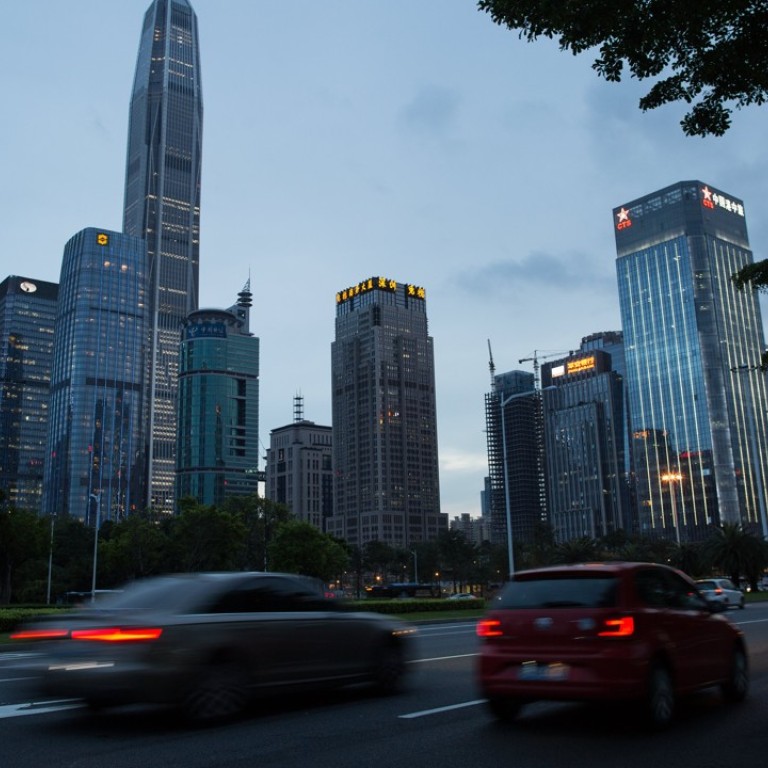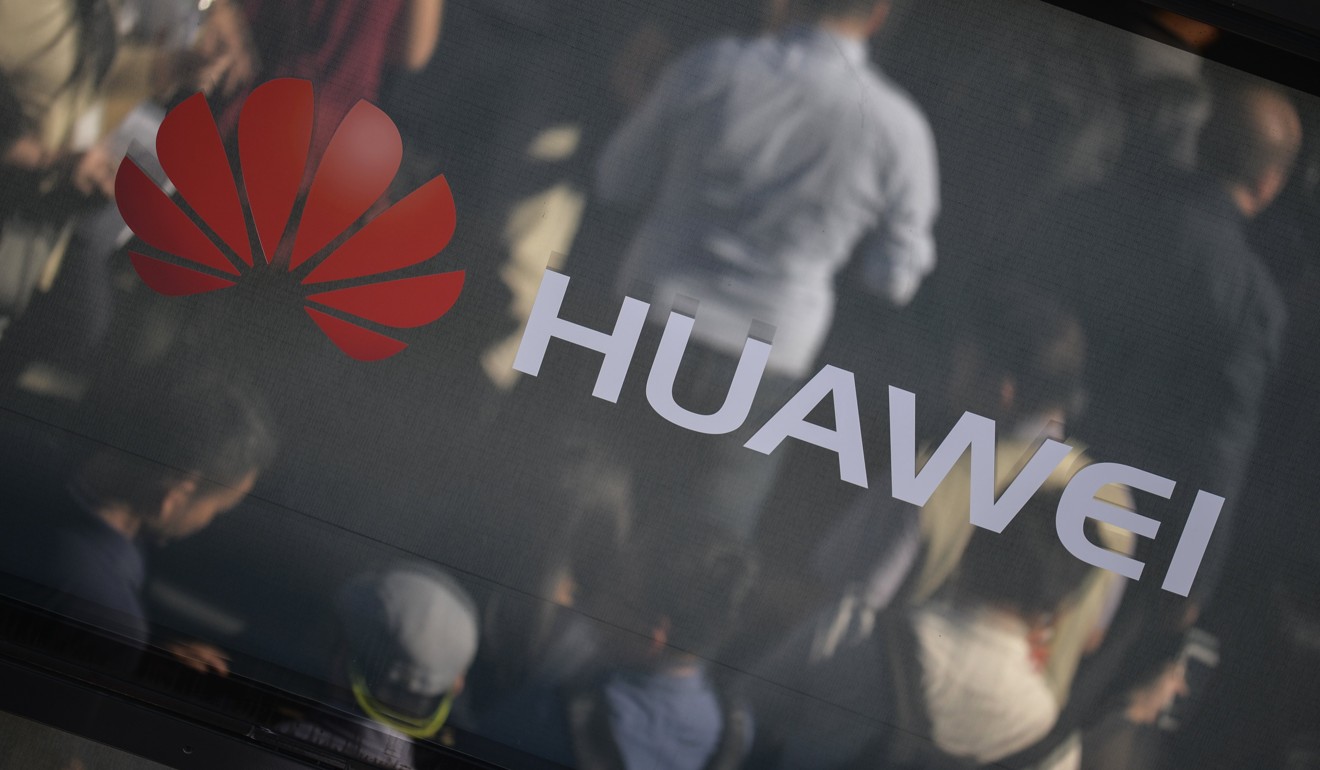
Shenzhen is China’s most innovative city, says HSBC
Foshan and Zhuhai also stand out among the nine cities of the Pearl River Delta
Companies based in China’s south-eastern city of Shenzhen are the most innovative in China, on the back of a number of traditional manufacturers that transitioned into the new economy and a rising start-up sector, according to new research presented by HSBC.
Chinese policymakers have long been looking to innovation to boost growth, which President Xi Jinping reiterated in his policy address at the Chinese Communist Party’s 19th Congress last month where he urged greater innovation from Chinese companies and referred in particular to big data, artificial intelligence and internet technologies.
The Chinese Corporate Innovation Report 2017, produced by Yicai Media Group and Zhejiang University’s School of Management but presented by HSBC, said that the nine cities in China’s Pearl River Delta (PRD) were “gaining a reputation as China’s creative and game-changing ‘Silicon Delta’ as companies there transition from traditional manufacturing sectors to the new economy, and a new generation of start-ups emerges”.
The HSBC report looked at the “innovative power” of about 1,200 listed companies in China, and found that Shenzhen-based corporates had the highest average score.
A company’s “innovative power” was measured by the scale of its research and development investment, number of patents, the novelty of its business model among other factors.

“It isn’t just hi-tech companies in China that invest in innovation, but also those in traditional industries such as beverages and textiles, and in particular privately owned companies and small and medium enterprises,” said Frank Fang, HSBC’s head of commercial banking for China in a statement.
It isn’t just hi-tech companies in China that invest in innovation, but also those in traditional industries such as beverages and textiles, ...
The city has over one million private companies, including some of China’s largest, such as internet giant Tencent Holdings, telecommunications giants Huawei and ZTE, and carmaker BYD.
Beyond the PRD, the report found that innovative companies were primarily located along China’s eastern seaboard, as they have been since the early days of China’s reform era.
However, it also found that some inland or industrial provinces are catching up.
The northern Chinese province of Shanxi, traditionally known for coal mining, and north China’s Liaoning province, known for mining and production of ferrous metals, saw their innovative power scores surge 34 per cent and 29 per cent respectively in 2016, albeit from a low base.
The “innovative power” of companies in Beijing was 13 per cent higher in this year’s survey than last.

